I am Javascript beginner.
I am initing web page via the window.onload, I have to find bunch of elements by their class name (slide) and redistribute them into different nodes based on some logic. I have function Distribute(element) which takes an element as input and does the distribution. I want to do something like this (as outlined for example here or here):
var slides = getElementsByClassName("slide");
for(var i = 0; i < slides.length; i++)
{
Distribute(slides[i]);
}
however this does not do the magic for me, because getElementsByClassName does not actually return array, but a NodeList, which is...
...this is my speculation...
...being changed inside function Distribute (the DOM tree is being changed inside this function, and cloning of certain nodes happen). For-each loop structure does not help either.
The variable slides act's really un-deterministicaly, through every iteration it changes its length and order of elements wildly.
What is the correct way to iterate through NodeList in my case? I was thinking about filling some temporary array, but am not sure how to do that...
EDIT:
important fact I forgot to mention is that there might be one slide inside another, this is actually what changes the slides variable as I have just found out thanks to user Alohci.
The solution for me was to clone each element into an array first and pass the array ono-by-one into Distribute() afterwards.

